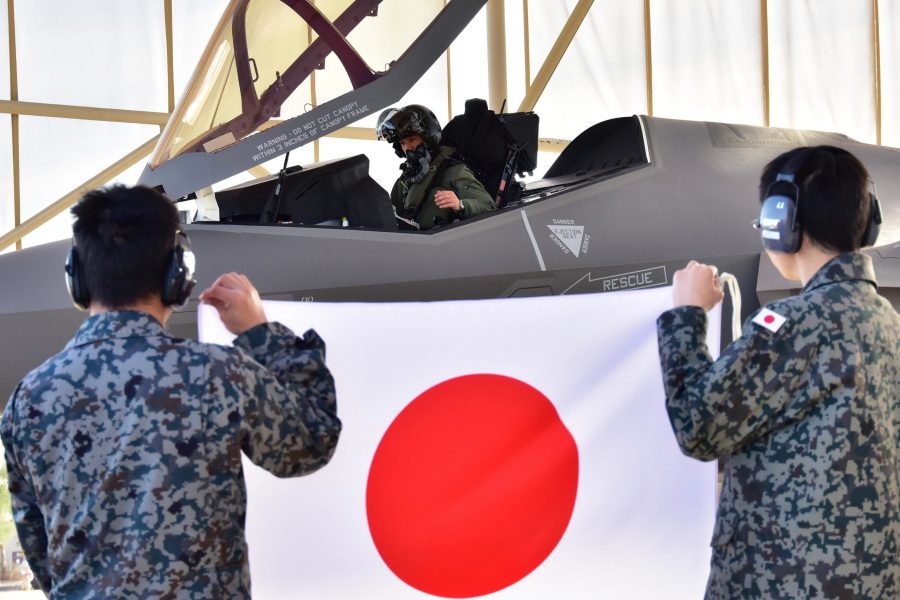Pacific Air Forces commander Gen. Kenneth S. Wilsbach has some advice for users of the F-35 in his region: Don’t use it like the aircraft you’re used to, but take advantage of its full potential.
Speaking at an AFA Mitchell Institute virtual event Oct. 27, Wilsbach said the U.S. Air Force operated the F-22 like the F-15C for “about five years,” failing to fully exploit its fifth-generation stealth and sensor fusion capabilities.
“It took us a while to learn” what the jet could really do, he said, and now, “the tactics are completely different.” He advises the F-35 partners to use the aircraft “like an F-35,” and not like some of the high-performance fourth-generation aircraft they have been operating.
“Take advantage of the lessons learned that we’ve had,” he said. “Skip right to that … and cycle through those lessons learned that much faster. Take full advantage of the platform.”
The advice “resonates with those operators,” he said. The U.S. has F-35 exchange pilots with Australia, Japan, and Korea, and “they all learn to fly it at Luke” Air Force Base, Ariz., so the foundation exists for a good partnership on the F-35 and other interoperable systems, he asserted.
Because of the range distances involved in the Pacific, Wilsbach said the command needs lots of tankers, long-range future fighter aircraft, and long-range missiles, particularly hypersonics.
“Covering those vast distances at the fastest speeds possible,” is essential, he said. “I’ve been talking about hypersonics awhile.” Given their high mach speed, an enemy has “so little time to react” that “even if they do … their defensive systems have a hard time hitting a target that’s going that fast.”
Stealth will also continue to be essential “to get inside of [an adversary’s] network and sensors undetected, so that they don’t know that they’re there, or when they do figure it out, it’s too late.”
China has pushed ahead of Russia militarily, Wilsbach said, so the Air Force should use Chinese capabilities as “the pacing threat.” If USAF can deal with anything China can do, it will then be able to “by default … compete with” Russia, North Korea, Iran, or other adversaries.
Despite the close-call intercepts USAF has experienced with Russia in the Arctic and other places in recent months, Wilsbach said he’s not having similar problems in PACAF.
There’s “quite a bit” of intercepting going on, he said, but “for the most part, those intercepts are safe, both for the Chinese and the Russians.” He added, “Ours are always professional and safe.”
As to the pace of intercepts, Wilsbach reported they occur “not every day, but many times a week. As we fly near China or when we do fly near Russia, we do get intercepted.”
